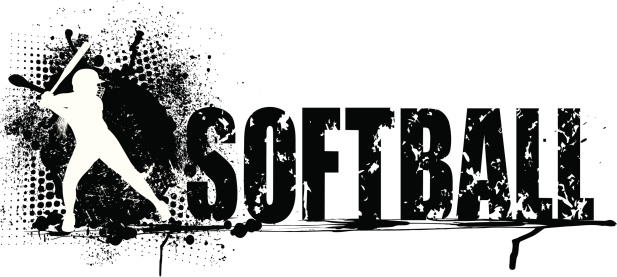The most common fallacy about catching is that the most important aspect of a catcher’s throwing ability is her arm strength. While it is important for a catcher to have a strong arm, it is equally, if not more, important for a catcher to have good hands, agile feet and overall good athletic ability to be a good throwing catcher. Strong-armed catchers who fail to throw runners out often make errors in footwork or transfer at the beginning of the task. It is an athletic combination of quick feet, secure transfer, strong arm and accurate aim that leads to a successful throwing catcher.
FOOTWORK
- The most important part of a catcher’s footwork is consistency.
- On throws to second base, there are two ways to utilize proper footwork.
- Pivot: As the ball approaches, the catcher pivots her right foot and throws to second base. A strong arm is required for this footwork.
- Jab Step: This is used by most catchers in baseball. The catcher jab steps with her right foot to an area on the ground just below her chin at the center of her body. It is crucial to keep the catcher’s footwork confined to an imaginary circle around her. This enables short, compact footwork, which initiates quickness.
- Regardless of which footwork is used, the catcher must make her back foot become parallel to the front edge of the plate and keep her front toe pointed directly towards second base.
- On throws to third base, the catcher must always work to clear herself if a right-handed hitter is at the plate.
- If positioned deep in the box correctly, the catcher should have somewhat of a straight line to third base. In extreme cases, a catcher may opt to go in front of the hitter on pitches low and away. Either way, the footwork should be confined and compact.
TRANSFER
- The exchange is a critical part of the throwing process. Many errant throws are a result of bobbled transfers or bad grips.
- The catcher should make a two-handed catch when receiving the ball.
- The transfer is made by picking the ball out of the glove, not flipping the ball to the bare hand.
- The transfer is made at the center of the body. Do not carry the glove side back to the throwing shoulder.
- The catcher should work on getting a strong first grip on the ball. Four seams is a plus.
UPPER/LOWER BODY
- The catcher needs to stay as low and compact as possible while throwing.
- Legs should stay flexed throughout the throw.
- The catcher’s front shoulder must be pointed in the direction of the throw before the throw is made.
- The catcher must work to use and clear her front side.
- The final key for a catcher is to finish her throw over a bent front leg. It is critical that the catcher does not recoil. Recoiling severely limits velocity and carry on the throw.
ARM ACTION
- The catcher uses the shortest arm action on the field.
- The catcher’s throwing hand never drops below the glove.
- Fingers should stay on top of the ball.
- The catcher should imagine a dot on the inside of the wrist. That dot must be pointed in the direction of the throw.
